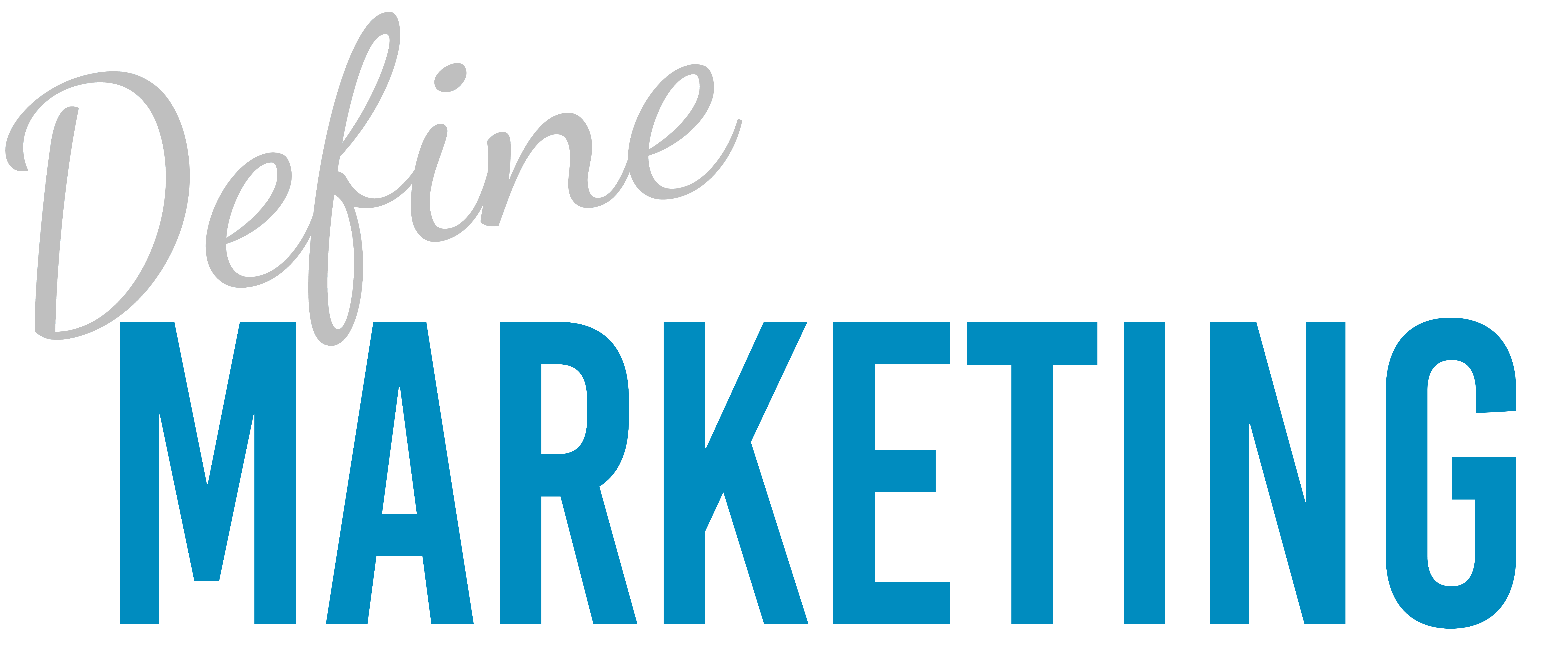In the digital marketplace, a high-converting landing page is the cornerstone of successful online marketing. A well-crafted landing page can significantly increase conversion rates, capture leads, and drive sales. This guide explores essential strategies and best practices for creating landing pages that attract visitors and convert them into customers. From understanding your audience to optimising every element for conversions, we’ll cover the critical steps to making your landing page a powerful tool in your marketing arsenal.
Understanding Your Audience
Before you start designing your landing page, it’s crucial to know who your audience is and what they need. Use market research, customer surveys, and analytics to gather insights about your target customers. Tailored content that addresses specific audience pain points and desires significantly increases the likelihood of conversion. Remember, a one-size-fits-all approach rarely works in landing page design.
Crafting a Compelling Headline
The headline is often the first thing visitors see, making it one of the most critical components of your landing page. It should be compelling, clear, and concise, summarising the value proposition in a way that grabs attention and encourages further reading. A/B testing different headlines can help you determine which resonates most with your audience.
Utilising Persuasive Copy
The copy on your landing page should be persuasive and focused on the benefits of your offer. Use clear, jargon-free language that speaks directly to the visitor’s needs and how your product or service can meet them. Bullet points can help break down the benefits and features for easy reading, while testimonials and social proof add credibility.
Designing for Usability
Your landing page’s design should be clean, uncluttered, and easy to navigate, with a clear visual hierarchy that guides visitors towards the conversion goal. High-quality images or videos illustrating your product or service can enhance the page’s visual appeal. At the same time, a straightforward form and a prominent call-to-action (CTA) button are essential for conversion optimisation.
Testing and Optimisation
Creating a high-converting landing page is an ongoing process. Use A/B testing to experiment with elements like headlines, CTAs, images, and layout to see what works best. Analytics tools can provide insights into user behaviour, allowing you to make data-driven decisions and continually optimize your landing page for better performance.
Conclusion:
A high-converting landing page is vital for turning visitors into leads and customers. By understanding your audience, crafting compelling headlines and copy, designing with usability in mind, and continually testing and optimising, you can create landing pages that significantly boost your conversion rates. Remember, the goal is to provide value and make it easy for visitors to take the desired action.
Next Steps:
- Conduct Audience Research: Gather insights to understand your target customer’s needs and preferences.
- Develop Your Content: Start with the headline and work down, focusing on clarity, persuasiveness, and relevance.
- Design Your Page: Ensure the design is user-friendly, focusing on simplicity and guiding visitors towards the conversion goal.
- Implement A/B Testing: Test various landing page elements to see what increases conversions.
- Analyse and Optimize: Use analytics to monitor performance and make ongoing adjustments for continuous improvement.


